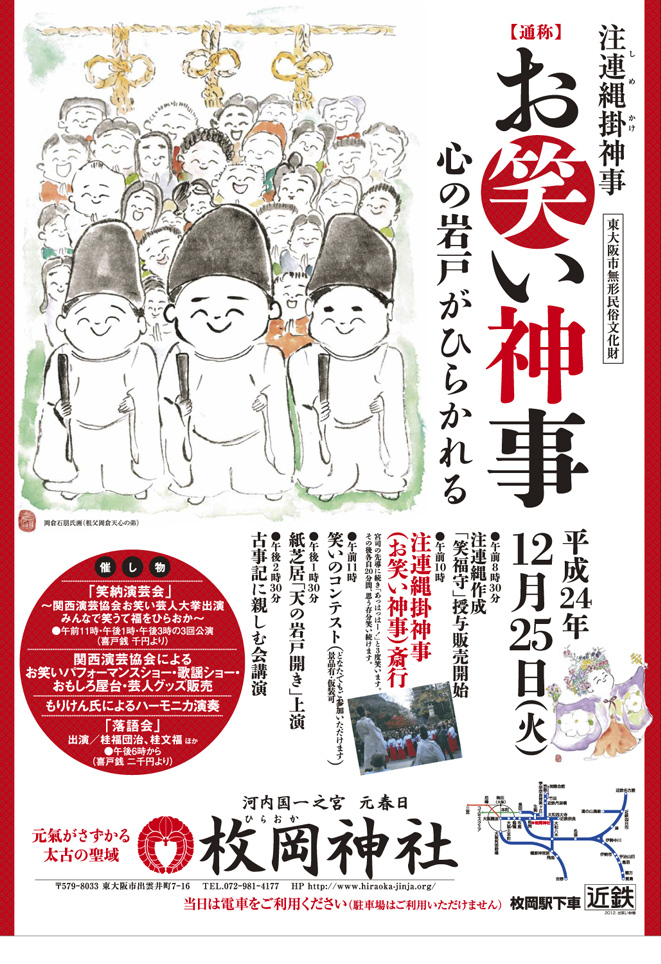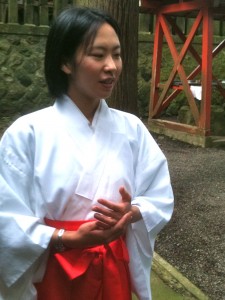 That the roots of the modern miko (now a simple shrine attendant) lie in the shamaness of ancient times is well-known. It’s generally accepted that her leading role was taken away by a Confucian emphasis on the primacy of male priests. The famous episode in Kojiki (712), where Izanami is chastised for speaking first to Izanagi speaks of the transition in mythological terms.
That the roots of the modern miko (now a simple shrine attendant) lie in the shamaness of ancient times is well-known. It’s generally accepted that her leading role was taken away by a Confucian emphasis on the primacy of male priests. The famous episode in Kojiki (712), where Izanami is chastised for speaking first to Izanagi speaks of the transition in mythological terms.
Yet despite the debasement in her role, the modern miko continues to attract attention, and she’s been taken up as a star of anime and manga. There’s evidently something alluring about pure virginal girls dancing for the pleasure of the gods. The stately performances speak of the elegance of Heian times and the values of an aristocratic society given to the cultivation of grace and aesthetics.
All the charms of a miko dance can be seen in this youtube video. But I can’t help wondering about the shamanic rites that seem to underlie it. For one thing, there’s the swirling motion, reminiscent of the sufi way to transcendentalism. Then there are the delightful bells (suzu), which along with the more famous drumbeat can act as a means of trance induction. Beneath the stately movements, does one not sense the frenzied moves of a shamaness struggling to be released?
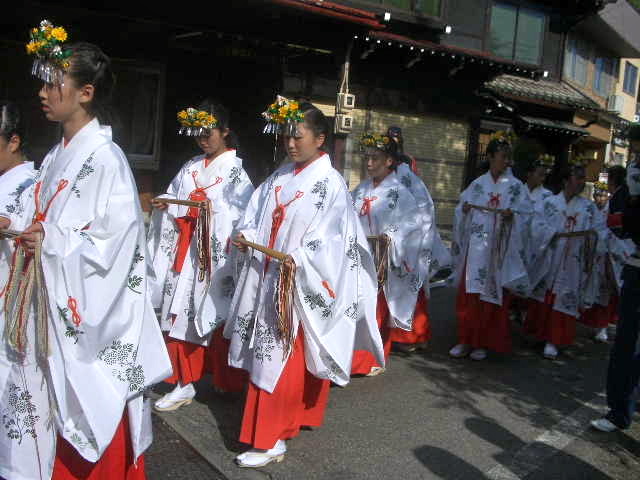 As with the geisha, much of the fascination of the miko has to do with her costume. One of my students, a perfectly ordinary girl, had a part-time job as a miko at a shrine, and I’m sure had I seen her there I would have found her transformed in some way.
As with the geisha, much of the fascination of the miko has to do with her costume. One of my students, a perfectly ordinary girl, had a part-time job as a miko at a shrine, and I’m sure had I seen her there I would have found her transformed in some way.
The costume with its white and red speaks of the traditional symbols of happiness (hence the Kohaku – Redwhite – NHK programme on New Year’s Eve). It’s said that white is the colour of purity, while red wards off demons and illness (which is why Jizo have red bibs).
As we come up to the New Year, the miko of Japan are girding themselves up for what is going to be a very busy season. Income from New Year sales and donations makes up a huge proportion of a shrine’s income, so you can be sure that a lot of practice to get things right will be going on during these last few days of 2012…..
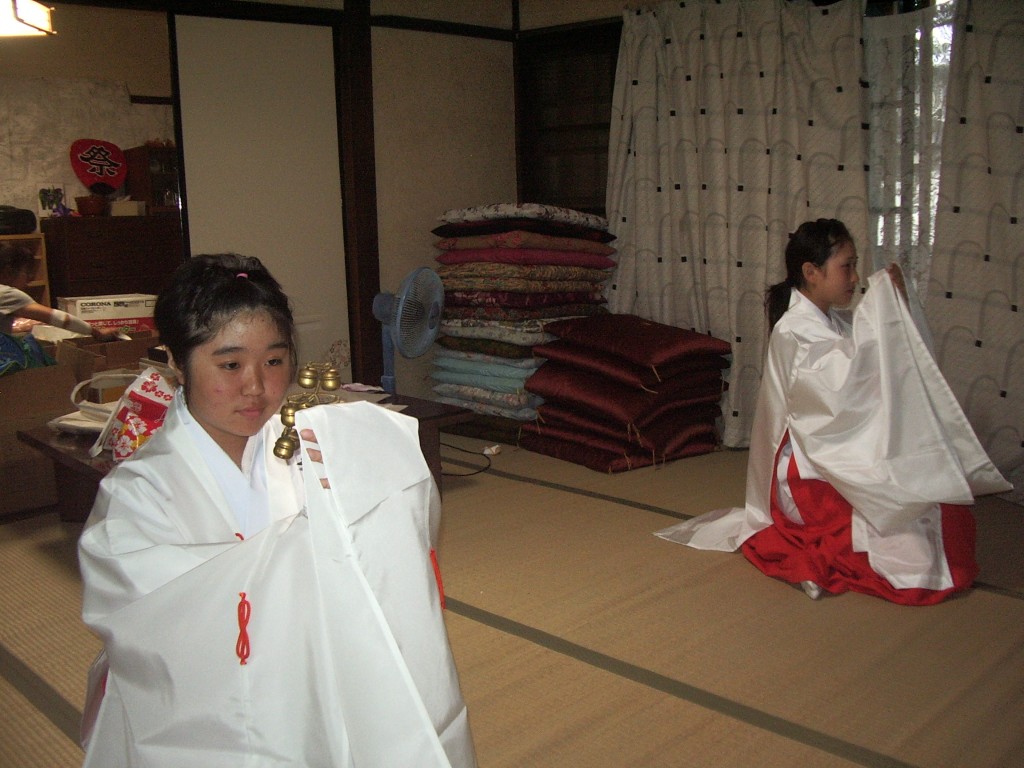
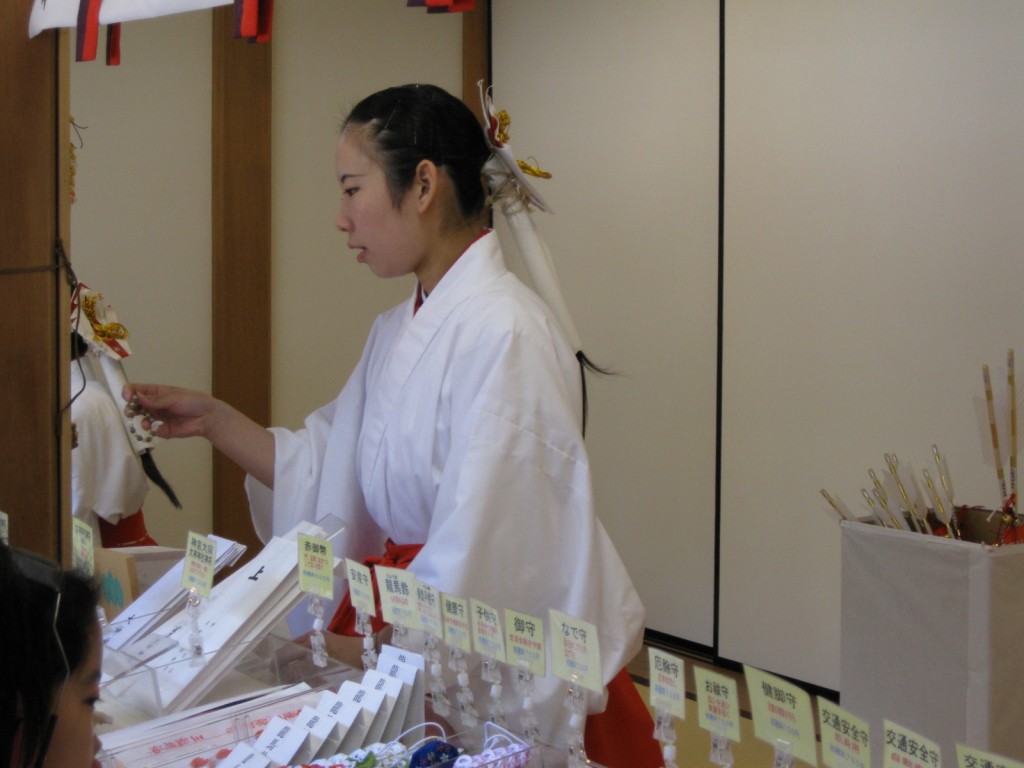
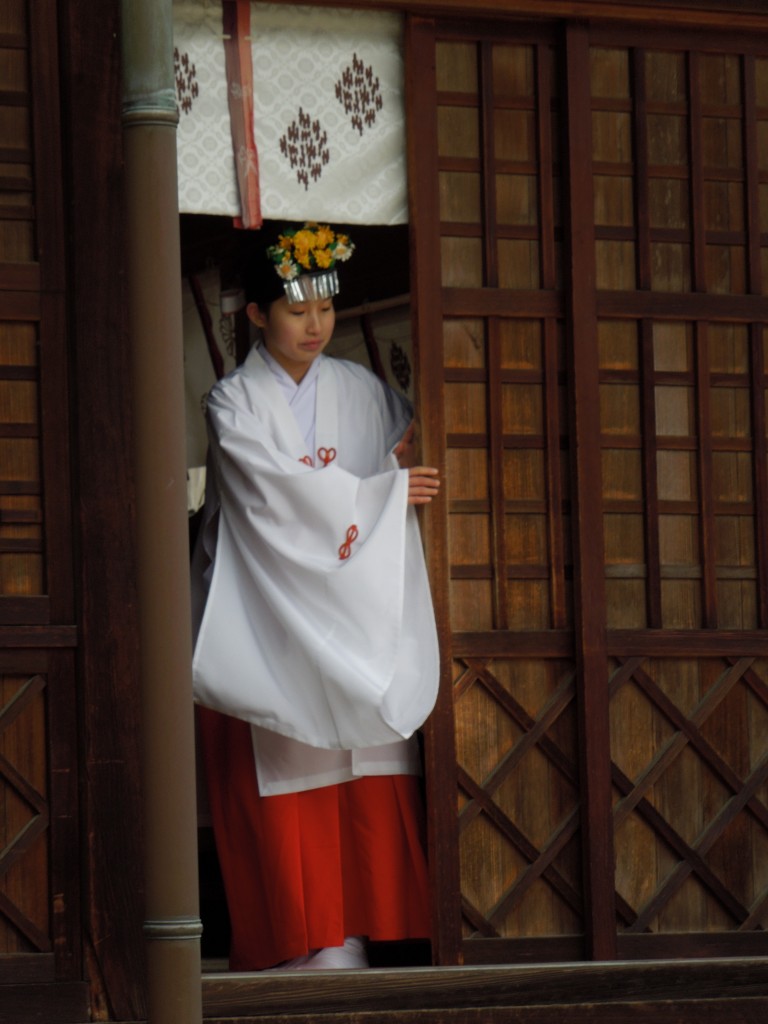

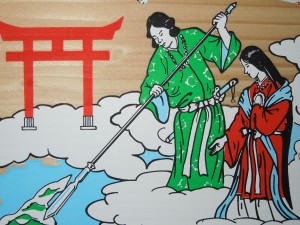
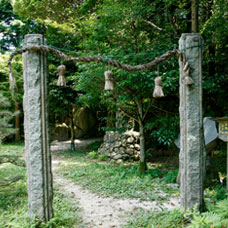
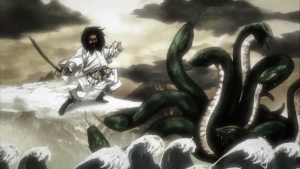
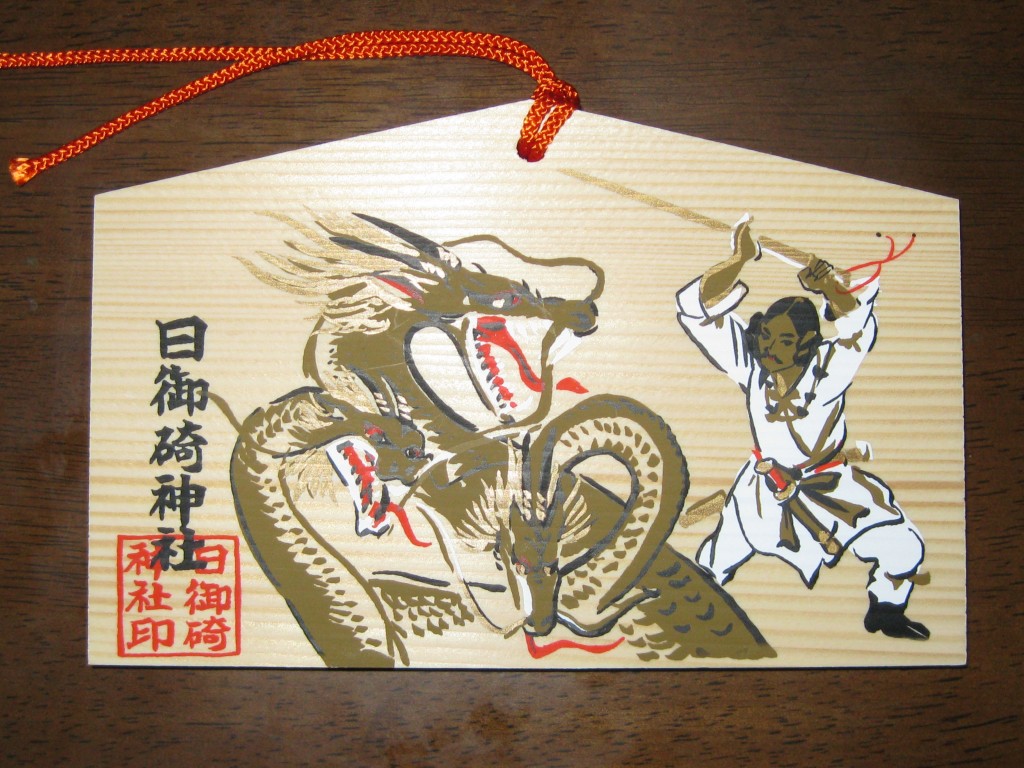
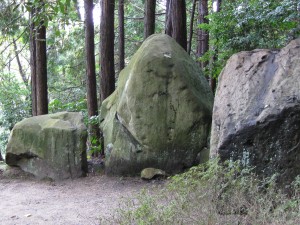
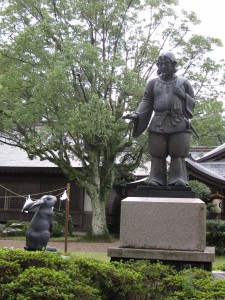
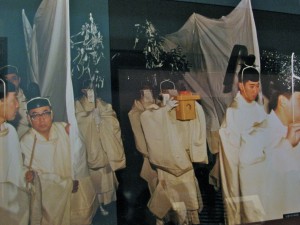
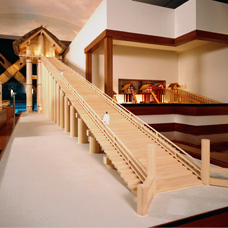
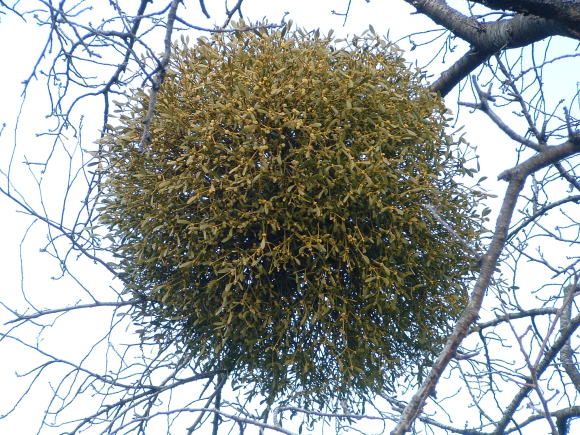

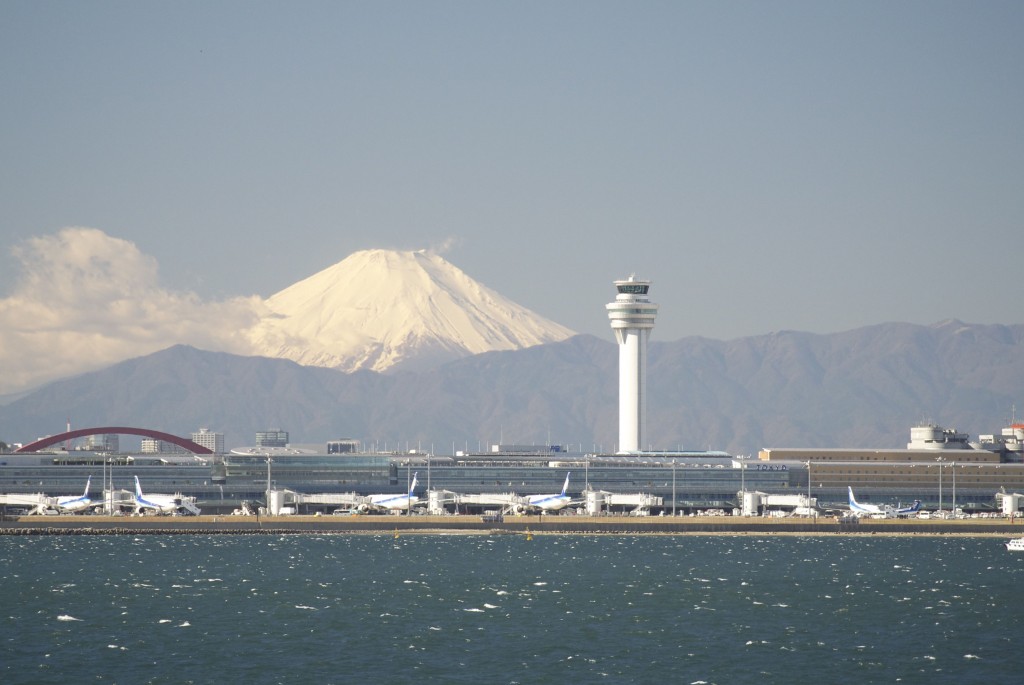
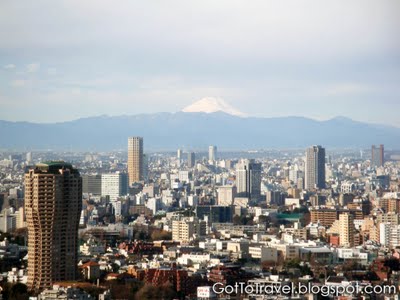

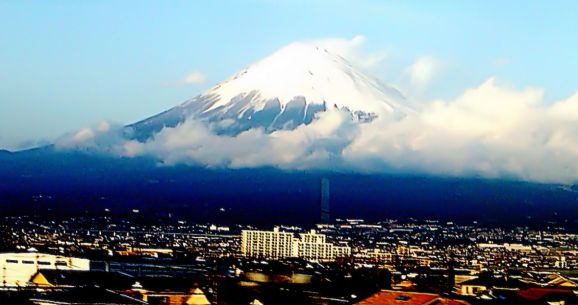
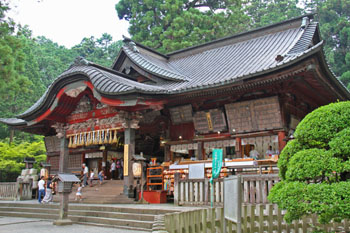
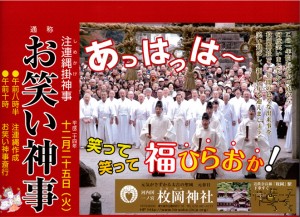 Dec. 22, 2012 Japan Times
Dec. 22, 2012 Japan Times